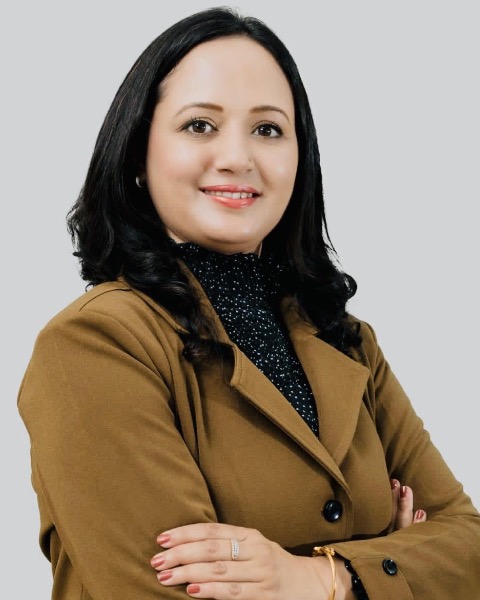Back
Effect of Action Observation Execution and Motor Imagery for Cognitive Recovery in Post Stroke Individuals
Friday, May 3, 2024

Manju Gyawali, PhD
HOD, Senior consultant
Nepal mediciti hospital / Mahidol university
kathmandu, Nepal
Presenting Author(s)
Introduction: The impact of stroke on cognition has made it a significant contributor to global morbidity rates. Cognitive impairment hinders the ability to return to the previous independent lifestyle and even affects the rehabilitation success, so it is crucial to treat cognitive impairment post-stroke.
There was mounting evidence indicating a growing focus on mirror neuron system-based interventions in stroke rehabilitation. Action observation execution (AOE) primes motor imagery (MI). MI is a multimodal cognitive simulation process that activates brain areas responsible for cognitive function so facilitates motor learning, and leads to cortical plasticity for cognitive recovery.
Hence we combined AOE with MI and aimed to investigate the effect of Action observation execution and motor imagery (AOMIE) on cognitive recovery in the post-stroke patient.
Methods: Matched pair random allocation of 34 stroke participants into the experimental and control groups was done. The experimental group received additional motor imagery along with Action observation execution and the control group received only Action observation execution. Treatment time was 45 minutes, (5 days/week for 4 weeks). MOCA (Montreal Cognitive Assessment) was the outcome measure used to assess cognitive function.
Results: The result was concluded by comparing the data of pre-intervention and post-intervention between and within the group. There was a significant improvement in the experimental group in different subcomponents of MoCA by AOEMI with a large effect size when compared with the control group.
Conclusion : This study demonstrated the enhanced effect by combining Action observation execution and motor imagery (AOEMI) intervention. The MI was primed with AOE to elicit a cognitive recovery. This suggested the use of this combined intervention in clinical implications in sub-acute stroke for cognitive recovery.
There was mounting evidence indicating a growing focus on mirror neuron system-based interventions in stroke rehabilitation. Action observation execution (AOE) primes motor imagery (MI). MI is a multimodal cognitive simulation process that activates brain areas responsible for cognitive function so facilitates motor learning, and leads to cortical plasticity for cognitive recovery.
Hence we combined AOE with MI and aimed to investigate the effect of Action observation execution and motor imagery (AOMIE) on cognitive recovery in the post-stroke patient.
Methods: Matched pair random allocation of 34 stroke participants into the experimental and control groups was done. The experimental group received additional motor imagery along with Action observation execution and the control group received only Action observation execution. Treatment time was 45 minutes, (5 days/week for 4 weeks). MOCA (Montreal Cognitive Assessment) was the outcome measure used to assess cognitive function.
Results: The result was concluded by comparing the data of pre-intervention and post-intervention between and within the group. There was a significant improvement in the experimental group in different subcomponents of MoCA by AOEMI with a large effect size when compared with the control group.
Conclusion : This study demonstrated the enhanced effect by combining Action observation execution and motor imagery (AOEMI) intervention. The MI was primed with AOE to elicit a cognitive recovery. This suggested the use of this combined intervention in clinical implications in sub-acute stroke for cognitive recovery.
